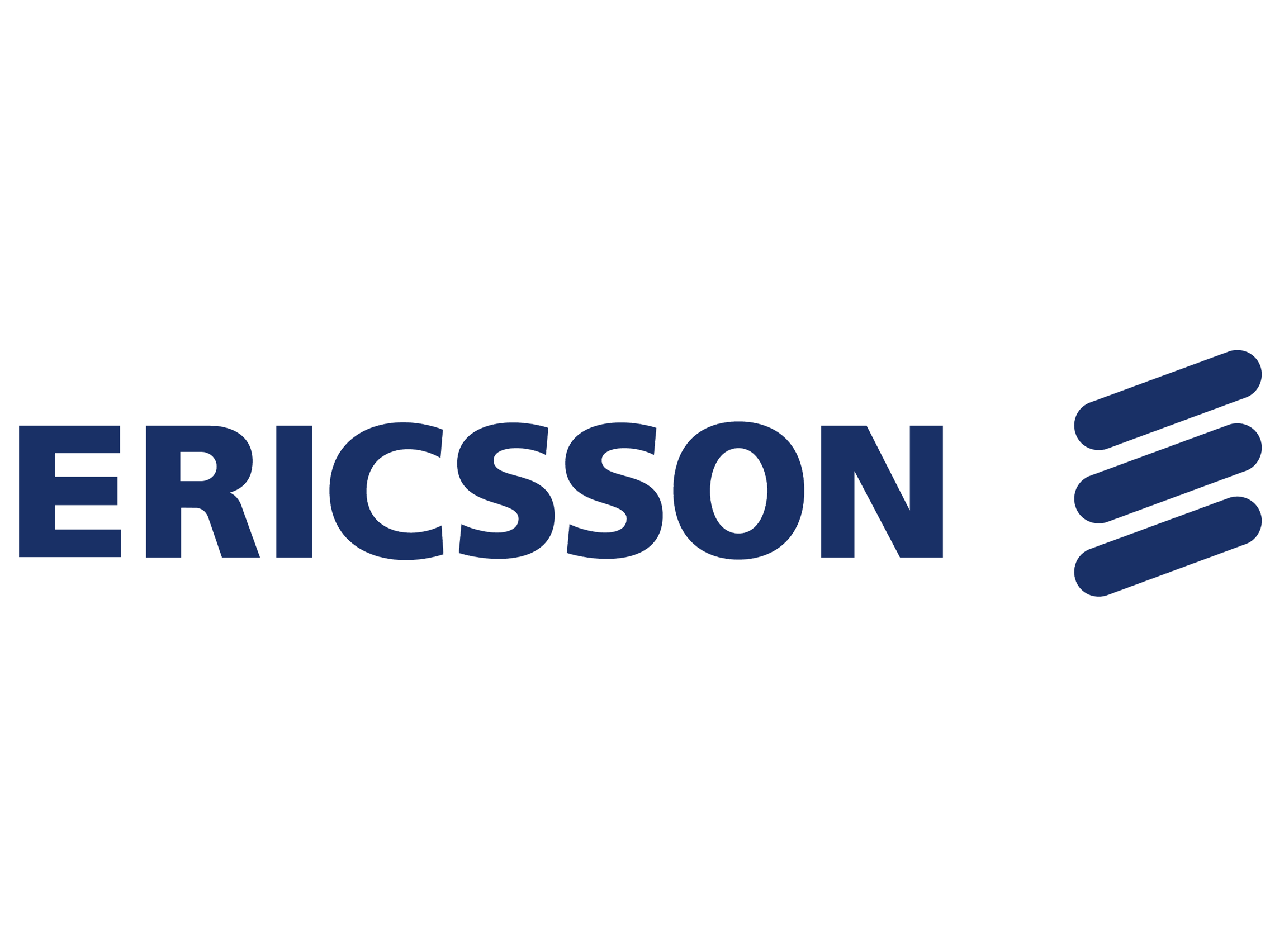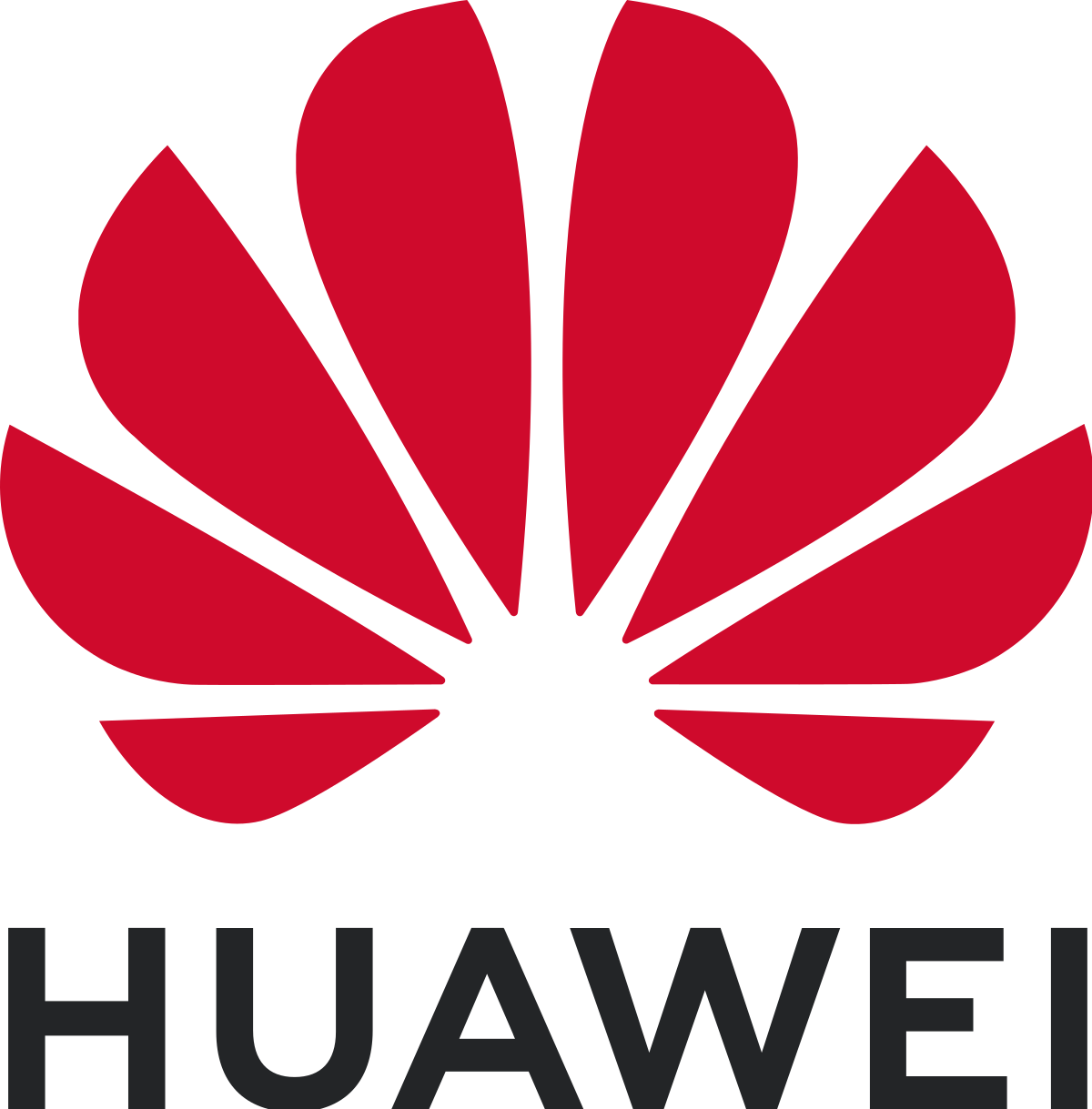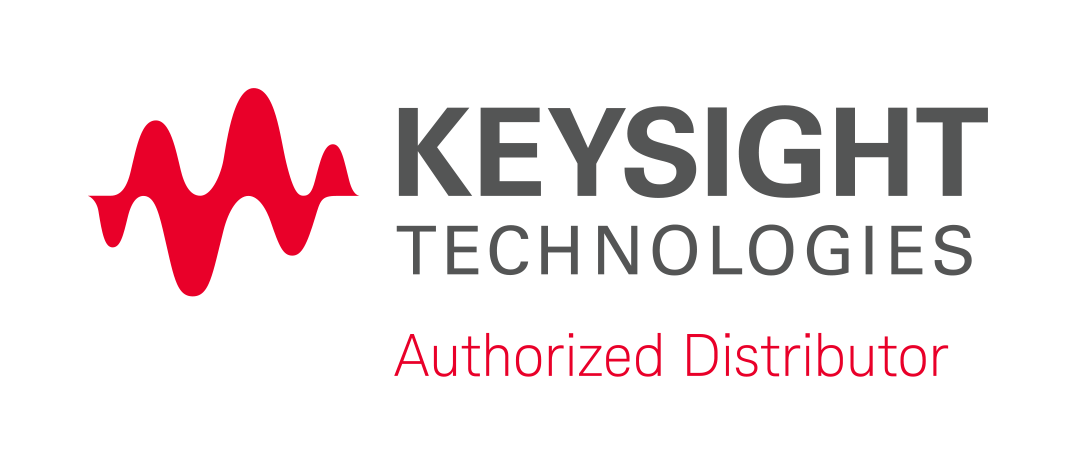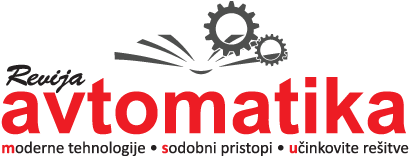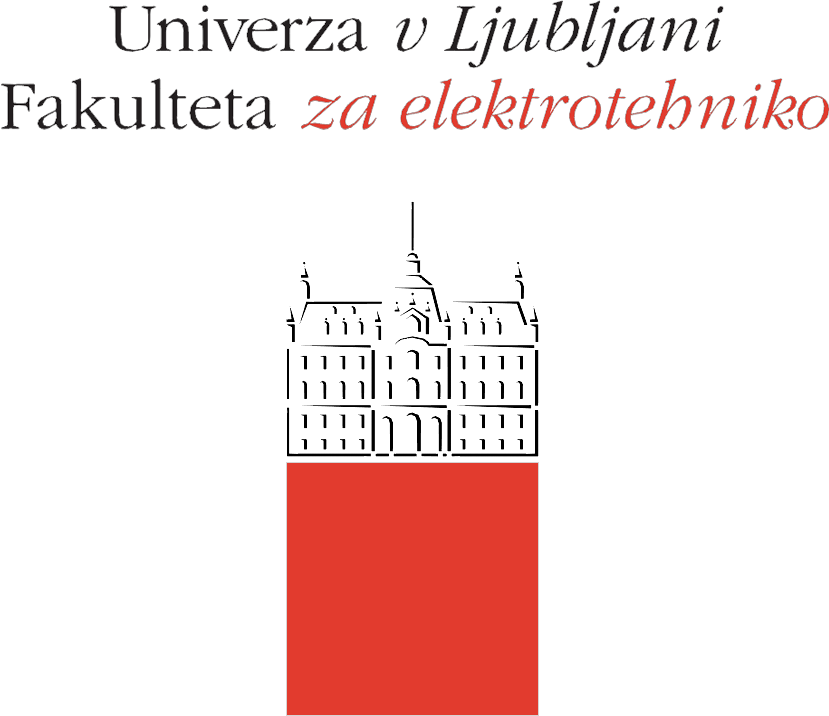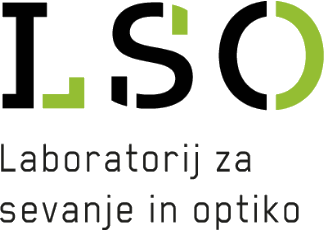|
0G, a key enabler of the circular economyGuillaume Noel
ABSTRACT Nowadays, IoT coverage is readily available throughout Europe at reasonable cost through various standards (cellular or unlicensed) and business models (public or private network). Furthermore, the European union has invested more than EUR 500 mil in IoT related research, innovation and development (European Union, 2021), highlighting the strategic importance of the domain. Broadly speaking in terms of use cases, the IoT may be divided into: (1) critical IoT, which are applications requiring low latency high throughput communication (autonomous vehicles,…) and for which 5G is the standard of choice and (2) Massive IoT, which looks at connecting unpowered assets to the digital world (water meters, box and parcels,…) through very low power wireless protocols (Sigfox, LoRa, Nb-IoT,…). For massive IoT application like tracking of unpowered assets or smart metering, the TCO of the whole solution (sensor plus connectivity) may be as little as a single digit price per year per device as the life duration is commonly more than 5 years, allowing the amortization of the hardware over the years. Within the IoT ecosystem, Sigfox 0G enjoys a unique position thanks to its ultra-low power consumption and seamless roaming. Sigfox 0G wireless sensors may
last to last up to 10 years without the need to change the batteries and have proven track record of success of improving the business resilience of business
operations and supply chain in the following cases: |



